Looking to invest in properties? What are the things you should look out for?
Investments don’t come easy for anyone. From managing your fixed deposits to stock market investments, there is a lot of thought and research that goes into them.
Investing in properties is no different, especially when choosing one and taking up a loan. There are many factors that come into play, from choosing a location to being eligible for a loan, the list is endless.
Fortunately, it doesn’t have to be impossible. Let’s find out the 5 steps you can take to analyze properties for investment purposes!
Contents
#1: Take Stock of Your Financial Position
It is unwise to start investing in a property if you haven’t taken stock of your finances. If you already have properties under mortgages and are barely getting by to support your family, investing in another physical property is not wise at this point.
However, don’t let that stop you if you have confidence in the property market. There is an inexpensive way to be invested in the property market without actually owning the property!
You can take a small amount of capital and invest them in REITs or Real Estate Investment Trust companies listed in the stock exchange. REITs are investment funds or companies that own and operate income producing properties.
REITs have to give about 90% of their profits to you as a shareholder to enjoy deductions to its corporate tax. Hence, you are assured that you will receive some money from the REIT’s income streams. Furthermore, you don’t have to deal with managing or renting the property out as the REIT actively manages their properties.
#2: Investigate How Much Property Prices Have Grown
After taking stock of your financial position, you are ready to investigate in Malaysia how much property prices have grown historically. This is important as most of your money will be made from selling your property at a higher price in the future. Hence, you need to gauge how much the properties price have increased in the past, and what you can expect 5 to 10 years down the line.
Specifically, let’s look at how we find and use data for residential properties. You can do a similar exercise if you are considering commercial properties.
Firstly, relevant information can be gained from the National Property Information Centre (NAPIC) where they publish data on Malaysia’s house prices.
As a general rule of thumb, you can start with knowing how much Malaysia’s house prices have increased in the past 11 years. Since 2010, house prices have grown by an average of 6.6% every year.
6.6% actually sounds like a good return on your investments, but you have to be aware that house prices only increased by about 2.9% every year since 2018. Hence, it is probably the case that house prices will not increase by 6.6% again in the near future.
NAPIC doesn’t just provide house prices for Malaysia as a whole only, it also has the breakdowns for the various states and even the districts within them. Not only that, you can even find out about the different types of properties like terraced, detached, high rise and others. Talk about details!
Here is one example of the type of breakdown NAPIC provides!
#3: Understand and Choose a Location
Location, location, location. That mantra has been repeated over and over again by many property investors. Location is the main reason why property prices increase and why it is important you have to understand how they increase.
What makes a location good? A location is good when it enables you to live, work, and play easily without much hassle. A property that is near to public transportation like the Mass Rapid Transit enables one to conveniently travel to many locations.
Think about what works best for your type of property – residential or commercial. A school or university that is nearby means residential properties are good for families or as student housing. It’s also an indicator of retail potential to be gained from high pedestrian traffic. Expand the same logic to supermarkets, shopping malls, offices or any other places that people need to go do their daily activities.
Hence, the golden rule here for location – the more things people do in the area, the more valuable people see the area to be. Hence, property prices will rise in accordance to how people value the place.
#4: Evaluate How the Properties Will Be Managed
This is important as many people have bought properties at good locations but fail to realise its full potential because of various reasons. The biggest reason is actually effective management of the properties after they have been purchased.
Let’s put it in a simple way. An apartment in the middle of Kuala Lumpur city centre is considered to be one of the best locations in Malaysia. However, if it is not maintained well (e.g. the hallways are strewn with garbage, rats running about, walls are graffitied, crime is rampant) then no matter how good the location is, people would not want to live there.
A good location is necessary but you need good management behind it to maintain and increase the value.
In general, do evaluate whether the local council is allocating enough resources to keep the area safe and clean. When buying a strata, gated community, or commercial property, you are part of a larger private community managed by a management body whose competence you will need to carefully assess as well.
#5: Determine How Much Resources Are Needed to Reach Your Desired Return
The last step here is very important. One good way to think about this is how much do you need to dedicate in terms of your money and time to reach your desired return for the property.
Almost all the properties you are investing in need some form of renovation and maintenance. If you are buying a property that has long been vacant and abandoned, you would have to put up a big sum of money upfront to renovate it to a livable condition.
Over the years, you would need to spend some money every year to keep the property in decent condition such as painting, plumbing and electrical rewiring. These are all costs to your investment.
Furthermore, you would of course want to rent your invested property out for at least 5 years (you would need to pay 15% to 30% in tax of your profit if you sell your property in the first five years of buying it). Renting out a property requires time and effort from your part, and also paying the property agent 1-2 months of the rent for any new contract.
Conclusion
Investing in properties don’t have to be hard. If you are finding it hard, just remember these 3 key points from the article.
Firstly, you have to know the price increases of the area that your property is in over the last 5 or 10 years. This enables you to gauge how much returns you can expect to get in the future when you sell it.
Secondly, understand what is driving the increase in prices. The golden rule here is that the more things people can conveniently do in an area (such as public transportation, good schools, healthcare facilities, parks, shops, residences), the more valuable people think the area is.
Finally, you need to determine how much resources you need to renovate and maintain the property you are planning to invest in, and also how the property will be managed by the management team or local authorities.
Want to know whether the area your property is in is hot? Let us know in the comments below!


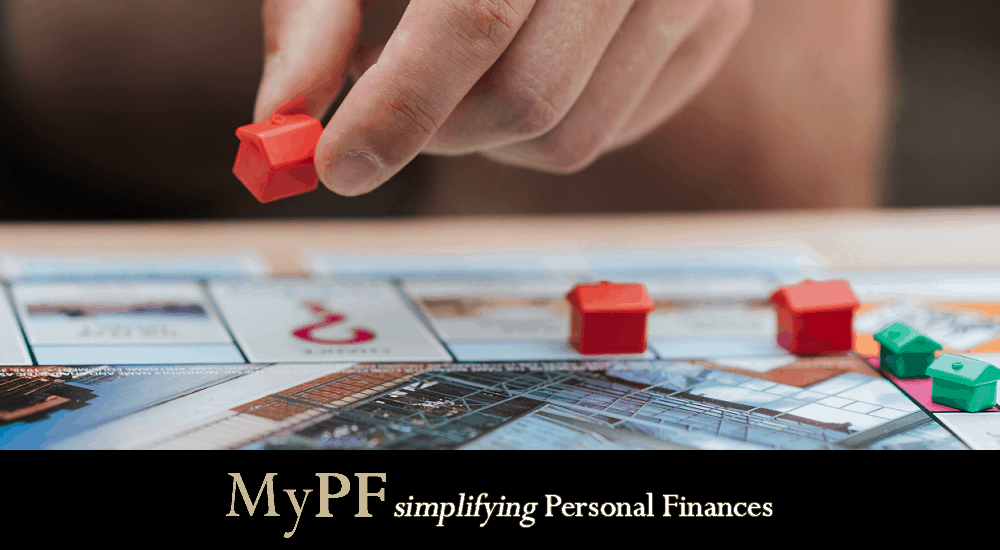
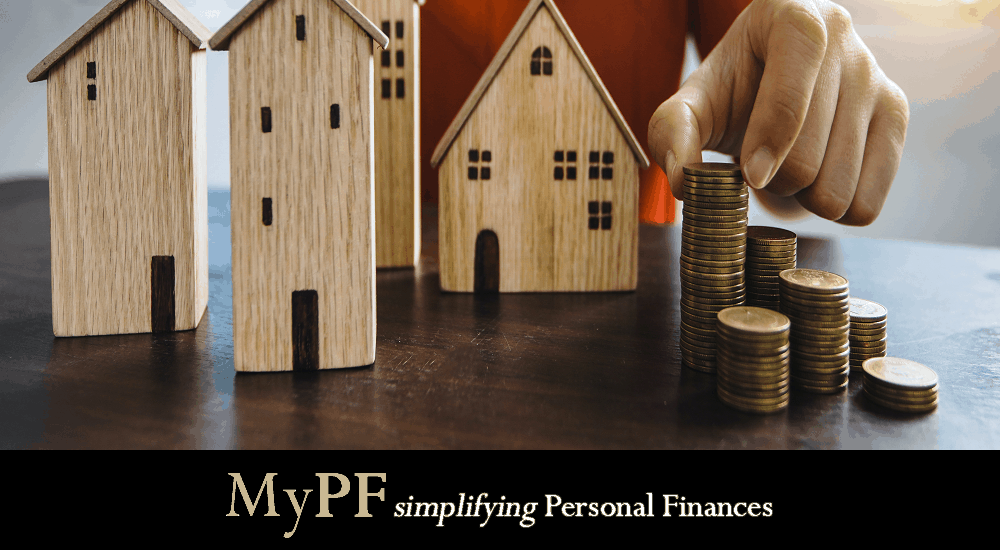
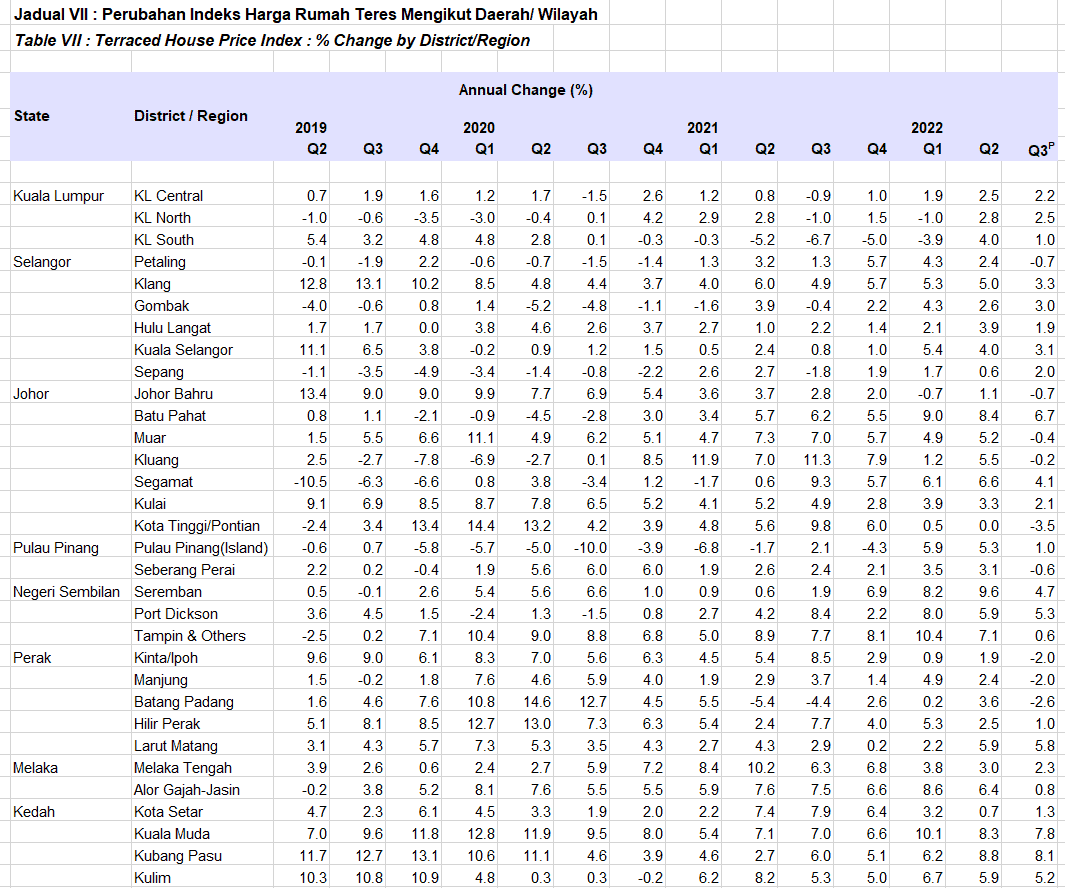

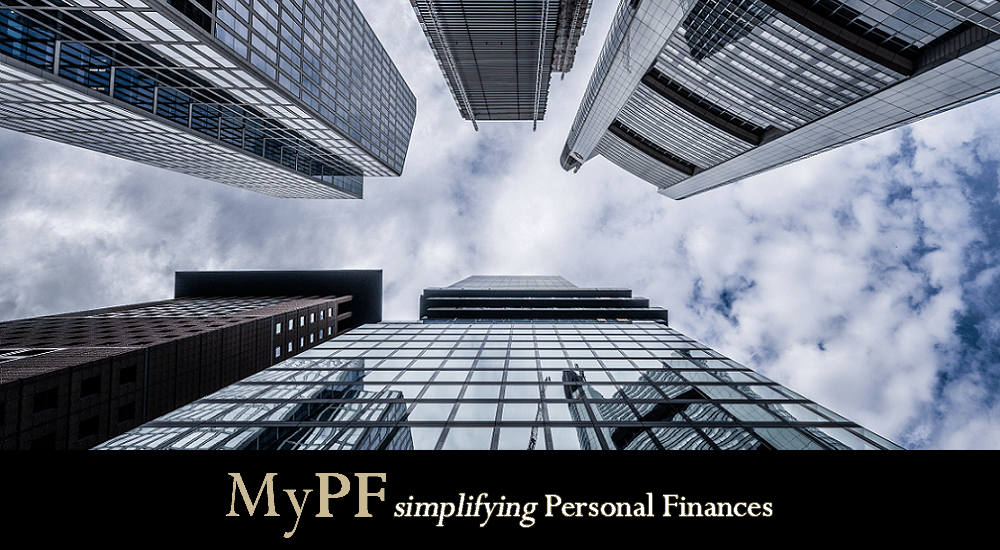
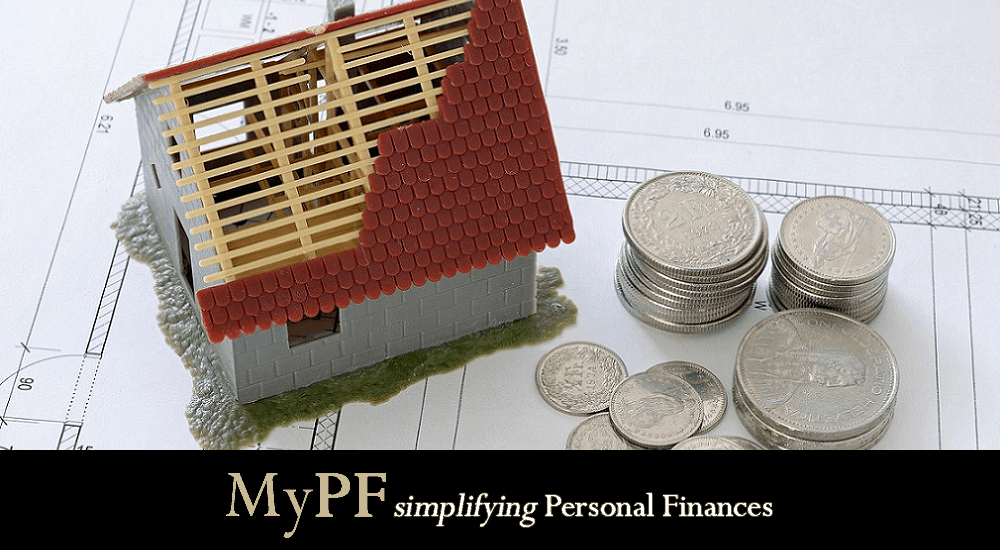



Leave A Comment